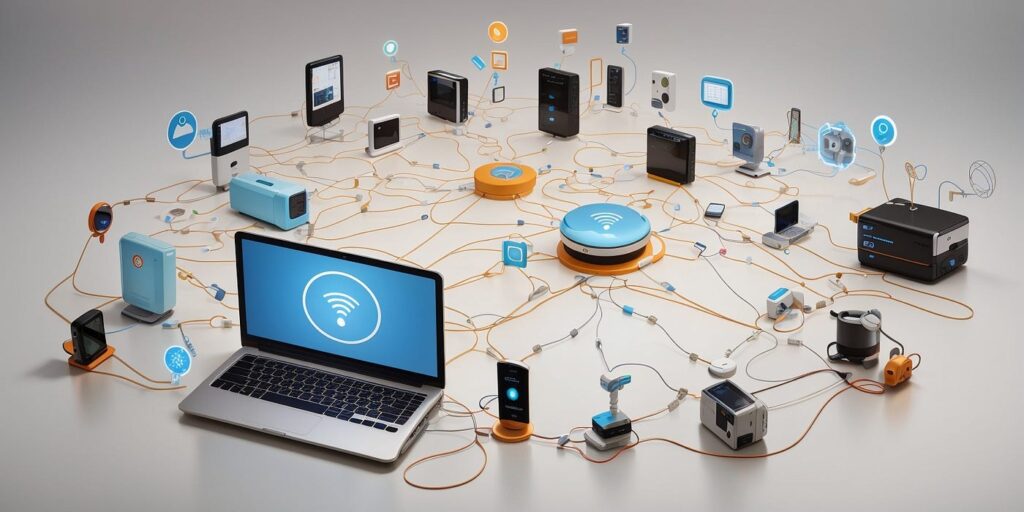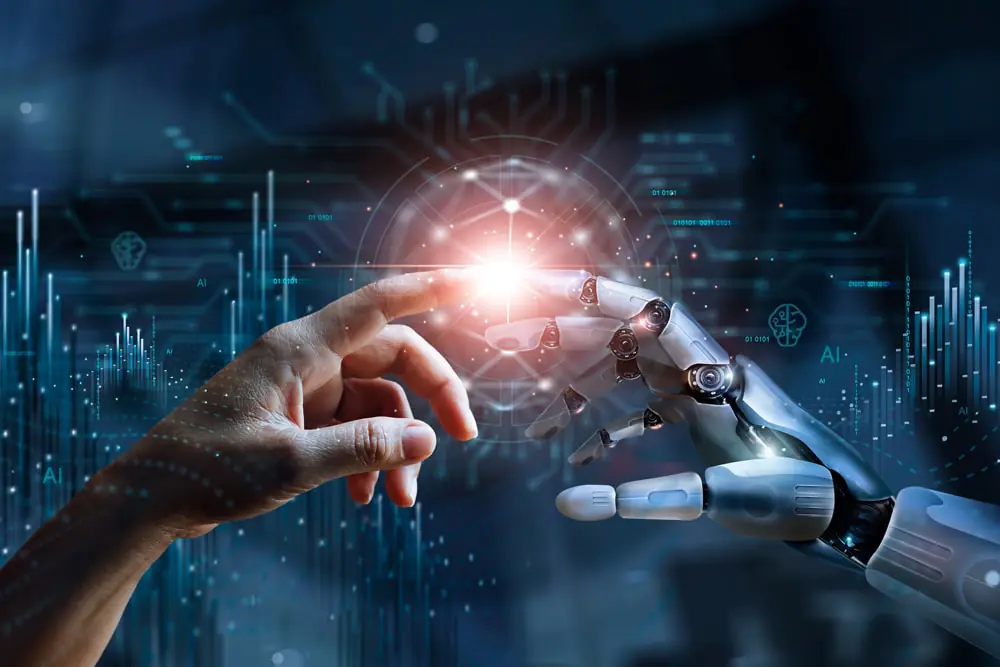Introduction
Imagine a world where your coffee maker talks to your alarm clock, your thermostat adjusts based on your daily schedule, and your fridge sends you a grocery list. Welcome to the Internet of Things (IoT)—a network of interconnected devices that collect, exchange, and act on data in real time.
IoT is revolutionizing industries and everyday life. In this article, we’ll explore how it works, its applications, and the benefits and risks of this connected ecosystem.
1. What Is the Internet of Things?
The IoT refers to physical devices that are connected to the internet and capable of collecting and sharing data. These “smart” devices range from wearables and home appliances to industrial machinery and agricultural sensors.
They often include:
- Sensors (e.g., motion, temperature, humidity)
- Connectivity (Wi-Fi, Bluetooth, cellular)
- Software that enables automation and analysis
2. Everyday IoT Applications
a. Smart Homes
- Voice assistants (Alexa, Google Home) control lighting, locks, and entertainment
- Smart thermostats learn user preferences and reduce energy bills
- Appliances send maintenance alerts and usage reports
b. Wearables
- Fitness trackers monitor steps, heart rate, sleep, and more
- Smartwatches offer notifications, GPS, and health monitoring
- Medical-grade wearables assist in chronic condition management
c. Smart Cities
- IoT sensors manage traffic lights, monitor air quality, and optimize waste collection
- Public safety is improved with real-time surveillance and emergency alerts
- Street lighting adapts to pedestrian and vehicle presence
3. Industrial IoT (IIoT)
IoT in industry powers smart factories:
- Machines predict maintenance needs
- Inventory is tracked in real-time
- Energy usage is optimized
- Worker safety is monitored with wearables
Sectors like manufacturing, oil & gas, and agriculture benefit greatly.
4. Agriculture and Environment
IoT helps:
- Monitor soil moisture and crop health
- Automate irrigation based on weather forecasts
- Track livestock in real time
- Monitor deforestation and pollution
These applications enhance efficiency and sustainability.
5. Benefits of IoT
- Efficiency: Automates repetitive tasks and reduces waste
- Convenience: Offers real-time control and insights
- Cost Savings: Predictive maintenance and energy optimization lower expenses
- Data-Driven Decisions: Businesses gain insights to improve operations
6. Privacy and Security Concerns
- IoT devices often collect sensitive data
- Weak passwords and outdated software pose risks
- Hacked smart devices can disrupt entire networks
- Regulation and encryption are crucial to prevent breaches
7. The Future of IoT
- 5G will allow more devices to connect with less latency
- AI integration will enable smarter responses and predictions
- Edge computing will process data closer to devices for faster action
- Blockchain may offer secure, decentralized device authentication
Final Thoughts
IoT is more than a trend—it’s a transformative shift toward a connected, intelligent world. While convenience and efficiency are huge advantages, privacy and security must remain top priorities. The future is smart, and it’s already here.



